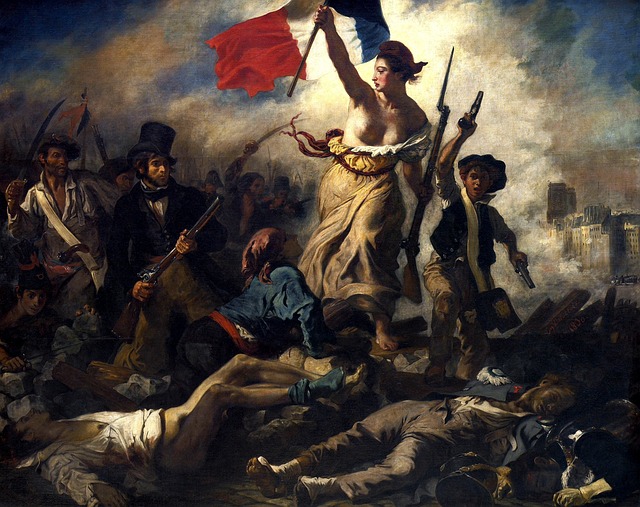The French Revolution's triumph in July 1789 had a profoundly depressing impact on the monarchs throughout Europe. What may that mean for the rest of Europe if the notion of a successful revolution spreads if the king of France might lose his power so soon after the Americans had ousted British King George Ill's control from the American colonies? In August 1791, Prussian King William II collaborated with Austrian Emperor Leopold II to isolate France and make an effort to restore the monarchy rather than waiting for such a subversive thought to spread to other nations. With Spanish funding, Russia and Sweden pledged to provide troops.
On April 20, the French legislative assembly declared war on the Austro-Prussian alliance after calling for the creation of a stronger army in August of the previous year. Volunteers with patriotism flocked to the flags but lacked discipline. The army veterans continued to have a formal structure, but its efficiency was slightly hampered by the expulsion of pro-monarchy commanders. The initial French forces the invading Austrians encountered near Lille were easily defeated, and they then started a siege of the city.
Karl Wilhelm, the Duke of Brunswick, took command of the invading army in July. He marched from Coblenz with 80,000 soldiers and swiftly took control of the French forts of Longwy and Verdun. A mob in Paris demanded that the French King Louis XVI be deprived of the remaining remnants of authority since the Marquis de Lafayette, the commander of the French army, had been defeated. Charles Dumouriez, a more politically palatable replacement for Lafayette, combined his new command with that of French General Francois Kellermann to block the coalition force's advance. At Valmy, 36,000 irregularly skilled French soldiers fought against 34,000 veterans under Brunswick.
While this was going on, other French forces were having better success; in northern Italy, they conquered Nice, and in western Germany, other forces had taken Mainz and were moving toward Frankfurt. As a result, the National Convention was established in September 1792, thus ending the French monarchy. Another victory for Dumouriez that year came when he invaded Belgium and routed an Austrian force in Jemappes, which allowed the French to seize control of Brussels and besiege Antwerp. Despite being put on the back foot, the coalition's retake of Frankfurt in December allowed them to close the year on a high note.
The quick creation of 14 armies totaling roughly a million soldiers contributed in the capture of Marseilles. The large number of French recruits was effective. They outnumbered the opposition despite having minimal training and inadequate weapons due to their sheer numbers and the nature of their attacks. A battle-field technique unlike any the generals had ever encountered, the sol- diers swamped the battlefields, forcing the coalition generals to retreat or be besieged. After the early September battle of Hondschoote, the English withdrew; a week later, at Menin, the Dutch fled the battlefield. However, the Austrians did not retreat as a result of the victory against the Dutch, and the French commander found himself a head shorter.
The new army grew even larger and outnumbered the forces of Prussia, Austria, and England in 1794. After driving the English out of Antwerp, French forces finished occupying Belgium and extended their control to the west bank of the Rhine. French influence was expanded beyond its borders by more triumphs in Italy and the Pyrenees. The attackers finally gave up in April 1795. The other German realms of Saxony, Hanover, and Hesse-Cassel followed Prussia in establishing peace at the Treaty of Basel.
By October 1797, France had beaten every opponent on the continent; only England still fought against France. The coalition troops' lack of cooperation and the French's introduction of a novel form of warfare both contributed to their success. The enormous patriotic army demonstrated that, in many circumstances, bravery could triumph over an adversary's discipline, and the emerging Industrial Revolution made it possible to arm and equip the sizeable army France assembled. Smaller, professional armies were no longer necessary as national armies built through conscription became the standard.

References:
Best, Geoffrey, War and Society in
Revolutionary Europe, 1770–1870 (New York: St.
Martin’s Press, 1982); Chandler, David, The
Campaigns of Napoleon (New York: Macmillan,
1966); Sydenham, M. J., The First French
Republic, 1792–1804 (Berkeley: University of
California Press, 1973).
Posted using Proof of Brain
